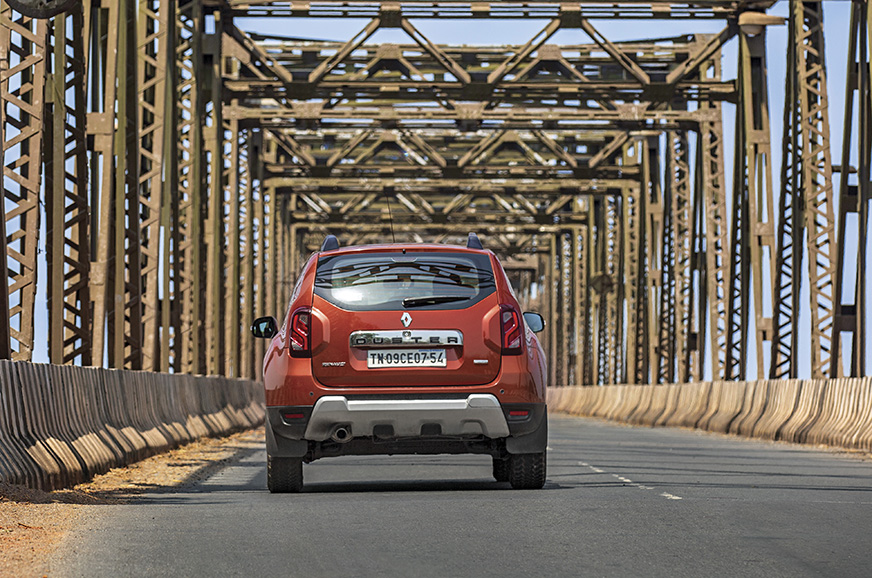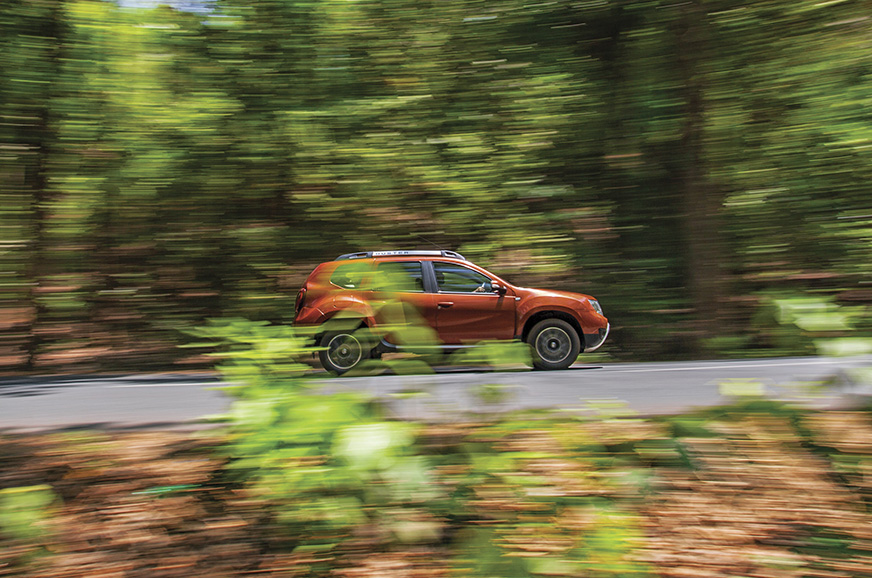Sometimes, familiar roads lead to new destinations and to new perspectives. If that sounds a touch philosophical, let me elaborate. I am, as I suppose you all are, a massive mango fan, and when I say mango, I mean the Alphonso or Hapus. I could write a thesis on them, and I always believed that there was the Alphonso, and there were the rest.

That was until earlier this year when a Goan friend of mine asked me whether I had ever tasted the Mankurad. He rubbished the Alphonso, and called it a poor cousin of the Mankurad. My curiosity was piqued, and as luck would have it, I was asked to head out in a Renault Duster AMT for the first leg of our mango run to, of all places, Goa. So, there I was last month, pointing the Duster’s pugnacious nose down south. But what exactly is the Mankurad? And why is it that most mango lovers, especially those in Mumbai, have never heard of it? The Mankurad is grown in Goa, and it is in such demand in the tiny state that it is rarely seen in other parts of the country. The name, apparently, is a corruption of the Portuguese Malcorado (poor in colour), but, as my friend pointed out, the mangoes have an intense aroma and burst with flavour. I might have been curious, but I was still a sceptic, and I carried that scepticism all through our journey, which began on a steaming Wednesday morning.

Old roads, new journeys
I can never tire of going to Goa, and the windows of the Duster framed familiar yet soothing sights – trees in full bloom in summer, makeshift neera stalls by the roadside, and hundreds of cars packed with happy families off on their holiday. Like all automatics, the Renault AMT is supposed to make driving in the rotting traffic of cities less of a chore, which it does, of course. But, as importantly, I found it to be a good companion on highways as well. Its tall sixth gearing made cruising fun, and we munched the miles from Mumbai to Goa and hit the sun-kissed state earlier than we expected to. Here’s what I jotted down in my notepad on that evening by the beach – ‘Why doesn’t the Duster have a dead pedal?’; and ‘Early morning meeting with Nestor Rangel at Valpoi’.

Nestor Rangel is a genial man in his late 30s. He is among those Goans who have taken it upon themselves to conserve the Mankurad mango and help popularise it. The cultivation of the Mankurad is not as popular as other more established mango varieties, and one of the main reasons is that it does not travel well. Rangel owns several mango orchards in Valpoi, which is about 40km from Panaji, and among the mangoes he grows there is the Mankurad. Before driving to Valpoi, I hit the fruit markets around Mapusa to check out the object that had made me drive this far. The Mankurad looks a lot like the Alphonso mango, though it feels a lot fleshier. But its aroma is distinct and a touch heavier than its more famous neighbour. And it wafted through the Duster’s cabin, as we drove towards Valpoi, flicking the car into narrow lanes, negotiating a late morning surge in traffic.

King of mangoes
Rangel smiles a lot when he talks about the Mankurad. You can see he is intensely passionate about this mango variety. He tells me that most farmers in Goa grow the mango variety organically and they do it out of passion. “Its short shelf life means export and even long-distance transportation within the country is an issue. Again, we avoid pesticides and hybrid ripening. That means it ripens naturally, and that is responsible for its distinct taste,” says Rangel.

Mangoes grown in Goa were always much sought after, especially after the arrival of the Portuguese into the region. The Portuguese popularised modern grafting techniques, and soon enough the reputation of its mangoes spread all over the world. Apart from the Mankurad, the other mangoes that are much in demand include the Hilario, Fernandin, Xavier and Monserrate.

Desa, a Goan based in Qatar, is another Mankurad aficionado. In early May, Desa, along with fellow Mankurad lovers who form part of Transform Goa, an NGO, organised the second edition of the All Goa Mankurad Festival. “I have eaten mangoes from all over the world, and there is nothing like the Mankurad,” says Desa, echoing what every Goan fervently believes. Desa says that 20 vendors participated in the most recent edition of the festival, and over 1,000 people turned up to both buy the mangoes and express their solidarity. With support from the state government, Transform Goa plans to introduce Mankurad to the world. “We will encourage private land owners to plant saplings, create a cooperative movement. In April and May, all roads in Goa should give out the aroma of the mango, and this can be achieved by planting the mangoes along the roads in the state,” says Desa. Plans are also afoot to involve the Central Coastal Agricultural Research Institute, in Goa, which, Desa hopes, will help Mankurad enthusiasts get the hang of better grafting techniques.

Sweet surrender
Rangel gifted me some Mankurad mangoes, and I purchased more from the markets around Mapusa. Mankurad sells for about the same price as Alphonsos in Goa, for about Rs 400-Rs 600 a dozen, and the price is only slightly negotiable, if at all. Obviously, vendors know they will always find buyers for the Mankurad. The Duster’s boot easily swallowed up the dozens of mangoes I purchased, and I made my way back to Mumbai early next day. Once back home, late at night, I sliced open a Mankurad and bit into it. The first thing that hits you is the flavour: it is indescribably rich, and combined with that distinctive aroma, it creates a delightful impression on your palate. It is almost as sweet as the Alphonso, and definitely way juicier. I didn’t stop at one. In fact, after consuming about three, I realised that unlike Alphonsos, which taste more or less the same, each Mankurad tastes slightly different from the other. There is no monotony of taste, so to speak. Does that mean that the Mankurad is my new favourite? Not yet, but it might soon get there.













.jpg?w=728&q=75)





















